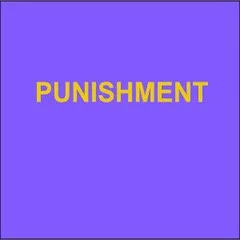By Brady P. Horn, Aakrit Joshi and Paul Guerin
Substance use disorders (SUD) are very prevalent and costly in the United States and New Mexico. Over 20 million individuals in the US meet diagnostic criteria for SUD and over 65 thousand US residents died from drug opioid overdose in 2020. It is well known that there is a strong correlation between SUD and incarceration. National studies have found that on average two thirds of prisoners have SUD and approximately 30% of inmates report having an opioid use disorder (OUD). There is growing momentum nationally to incorporate SUD, particularly OUD treatment, into incarceration systems and numerous studies have found that providing medication for opioids use disorder (MOUD) in incarceration systems is clinically effective. Since 2005, there has been a Methadone Maintenance Treatment (MMT) continuation program within the Metropolitan Detention Center (MDC) where individuals who were already receiving community-based treatment could continue their treatment within the jail. Prior work has found that this program was associated with reduced crime. In 2017 this program was expanded and started providing treatment to individuals who had not been receiving methadone in the community prior to incarceration. In this study we evaluate the impact of this treatment program. Data was collected from numerous different sources, linked, thoroughly cleaned, and a difference-in-difference empirical strategy is used. Robust evidence is found that MMT initiation reduced reincarceration. Our main results find that MMT initiation is associated with a per-person reduction in 19 incarceration days in the one-year period after jail-based MMT was received. We also find evidence confirming prior studies that found MMT continuation reduces recidivism. We find that jail-based MMT continuation is associated with a per-person reduction in 31 incarceration days in the one-year period post release. Also, a heterogenous treatment effect is found where individuals that received jail-based MMT for longer periods of time had larger reductions in reincarceration. Individuals who received MMT initiation for 70 days or more were associated with 22 fewer reincarceration days and individuals that received MMT continuation were associated with 60 fewer reincarceration days.
Albuquerque: University of New Mexico, Institute for Social Research, 2023. 43p



